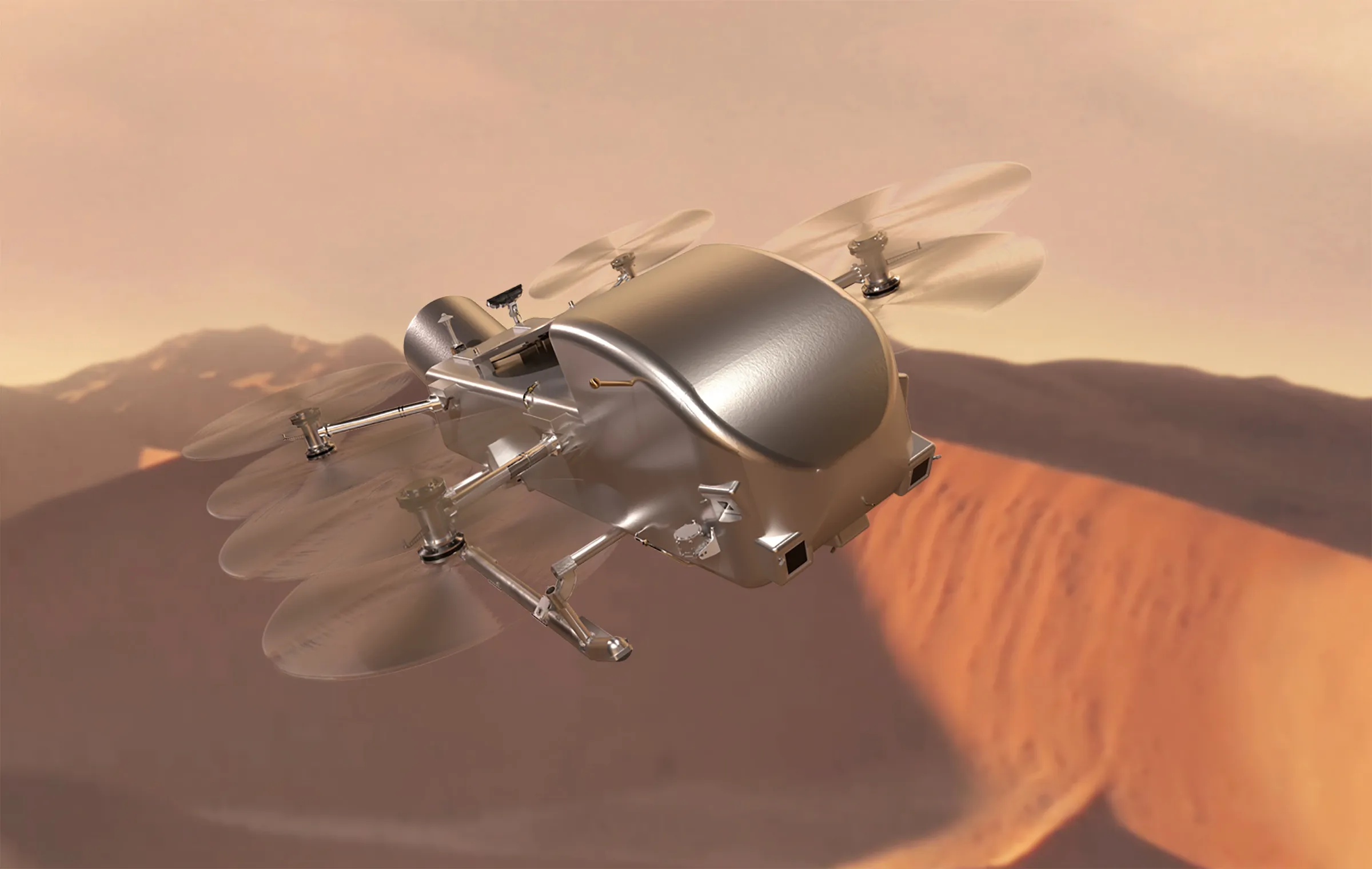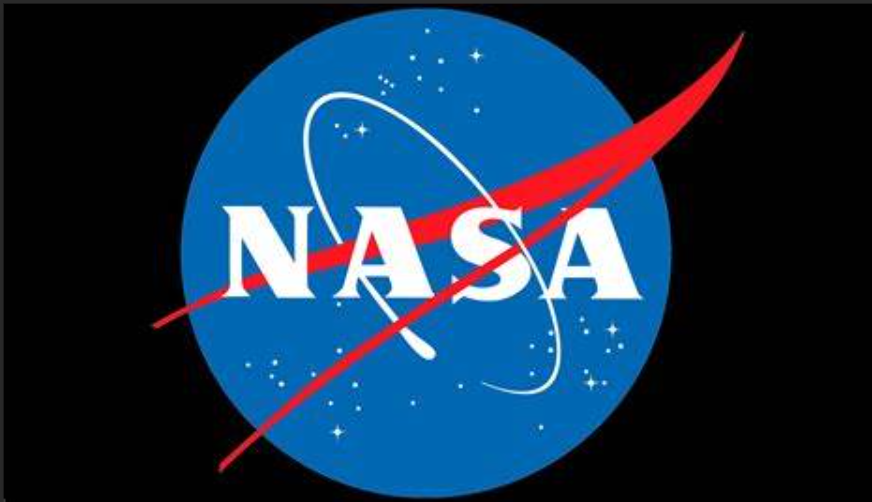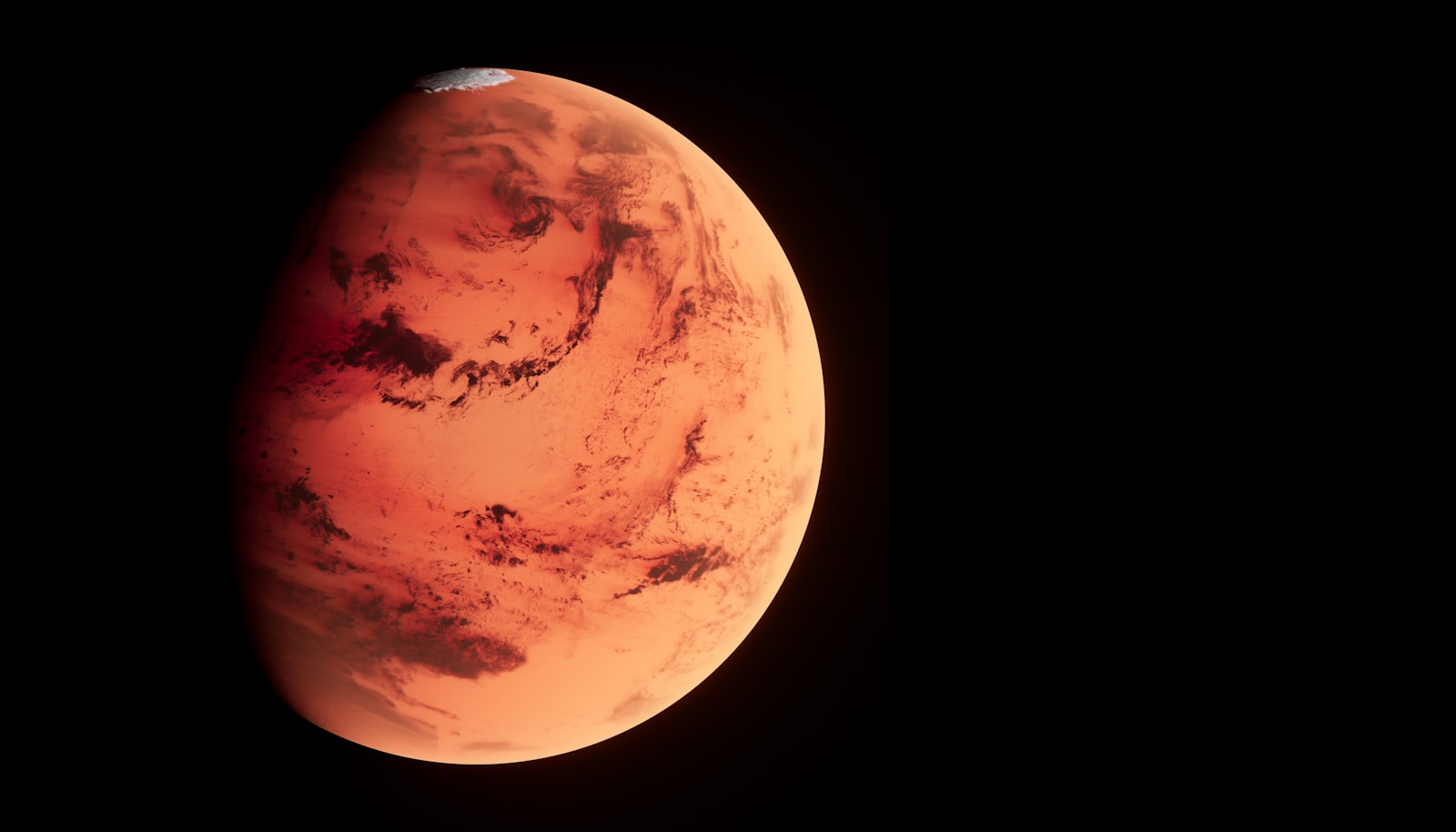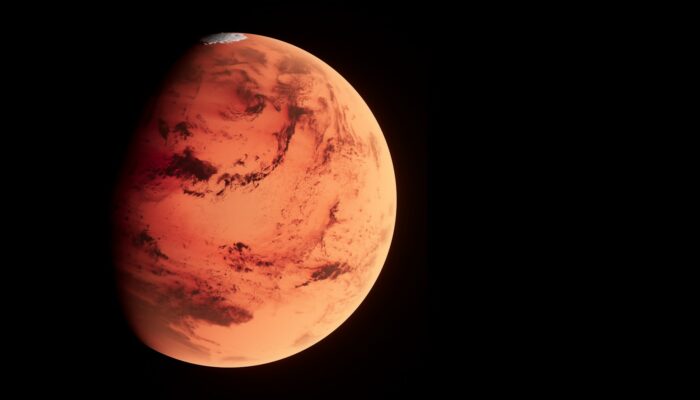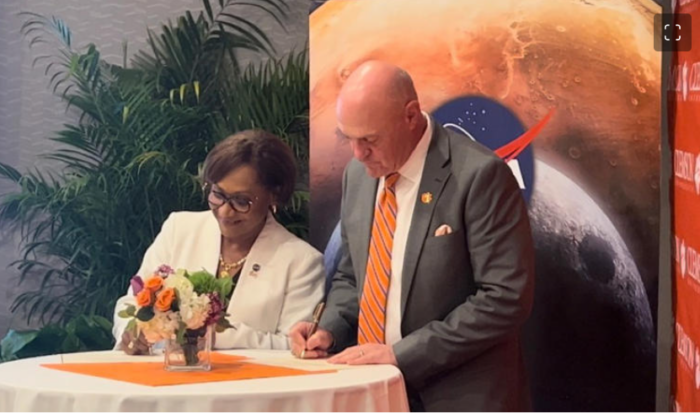Insider Brief:
- NASA has given the green light to its Dragonfly rotorcraft mission to explore Saturn’s moon, Titan.
- As a result, the project will move forward to the final design, construction, and testing of the spacecraft and scientific instruments to be used on the mission.
- Dragonfly has been confirmed with a total lifecycle cost of $3.35 billion and a launch date set for July 2028
- Image credit: NASA
NASA has given the green light to its Dragonfly rotorcraft mission to explore Saturn’s moon, Titan. The decision paves the way for the final design, construction, and testing of the spacecraft and its scientific instruments.
“Dragonfly is an exciting science mission that has garnered widespread interest, and we are thrilled to move forward with this mission,” said Nicky Fox, associate administrator of NASA’s Science Mission Directorate.
The mission cleared its Preliminary Design Review in early 2023 and was tasked with updating its budget and schedule to fit current funding constraints. The revised plan was conditionally approved in November 2023, awaiting confirmation through the fiscal year 2025 budget process.
With the release of the president’s fiscal year 2025 budget request, Dragonfly has been confirmed with a total lifecycle cost of $3.35 billion and a launch date set for July 2028. This reflects a cost increase of about two times the proposed cost and a delay of more than two years from its original selection in 2019. The project faced challenges due to funding constraints and additional costs arising from the COVID-19 pandemic, supply chain issues, and design iterations.
To address the delay, NASA allocated additional funding for a heavy-lift launch vehicle to shorten the mission’s cruise phase. Dragonfly is expected to reach Titan in 2034, where it will explore numerous locations on the moon, searching for prebiotic chemical processes similar to those on early Earth.
This mission marks NASA’s first scientific flight on another planetary body. Dragonfly, equipped with eight rotors, will fly like a large drone, investigating Titan’s intriguing terrain.
The Dragonfly mission is led by the Johns Hopkins Applied Physics Laboratory (APL) in Maryland, with Elizabeth Turtle as the principal investigator. The project involves collaboration with partners at various institutions, including NASA’s Goddard Space Flight Center, Lockheed Martin Space, NASA’s Ames Research Center, and others across the United States, Europe, and Japan.
Dragonfly represents the fourth mission in NASA’s New Frontiers Program, managed by NASA’s Marshall Space Flight Center. This milestone mission promises to expand our understanding of Titan and advance our knowledge of planetary exploration.
Share this article:
